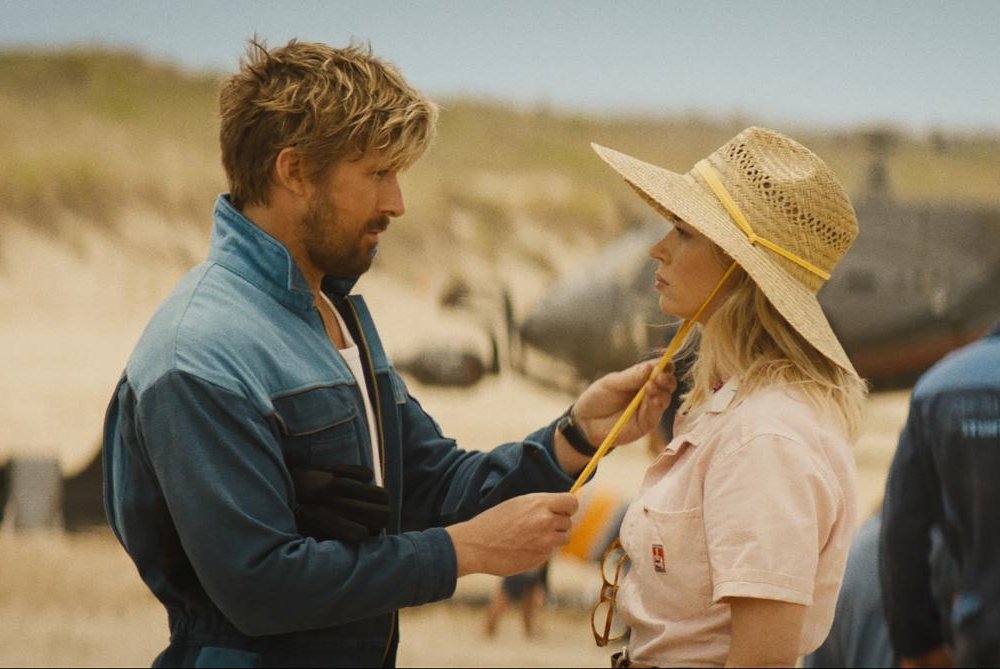The Trail de Paris features plenty of room for joggers, bicyclists, and those out for a pleasant stroll. Photo by Stan A. Williams
Imagine hopping on a trail in Farmersville, about an hour northeast of Dallas, and pedaling a bike, hiking, or riding a scooter all the way to New Boston, eight miles from the Arkansas border.
The 130-mile Northeast Texas Trail allows just that, and a recent infusion of about $18 million in federal grants is putting the finishing touches on the longest trail in Texas.
The idea for the trail began in the 1980s, when the Santa Fe Railway abandoned tracks in the northern part of the state. The Northeast Texas Trail Coalition formed to turn the corridor into a recreational trail. Development began in the 1990s, starting at the trail’s midpoint in Paris and Farmersville to the west. Other communities followed suit, improving the surface of the corridor and, in some places, paving it and adding amenities like water stops, fix-it stations and mile markers. But stretches of the trail are still unimproved, and coalition leaders say the grant will help bring those areas up to standard.
The route—smooth in sections, rugged in others—passes through 16 small towns and seven counties. It’s been open for more than a decade, with a few short workarounds in places where bridges are down, or the railroad never owned the right-of-way.
“The trail itself, the corridor, is complete,” says Kelly Whitley, president of the Northeast Texas Trail Coalition. “You just have to hold on to your sense of adventure.”
The federal grant awarded in late 2022 will be used to fix several bridges, including one over the Sulphur River that washed away during a 2015 flood, and upgrade the trail surface in some parts. Organizers envision a pathway that’s paved through larger communities, where the trail can be managed more like an urban park, and crushed gravel between towns.
The grant, however, won’t pay for long-term maintenance, Whitley says. “Grass grows, cracks happen, and vandals vandalize,” she says. “We do want to celebrate [the grant] and we’re so thankful, but you don’t want [the trail] to grow up and blow away.”
It takes an average cyclist about four days to cover the entire 130-mile route, which is mostly flat and cuts through what Whitley describes as “a tunnel of green.” Road bikes are suitable in some areas, but a mountain bike or gravel bike works best in rural areas.
Around Paris, trail counters indicate that the stretch of pathway gets about 3,000 uses a month.
“When you get out of car you can feel the temperature drop. And on some sections in the eastern part, you’re just riding along in these 80-foot pines,” Whitley says. “You can almost hear a train coming down tracks, although there hasn’t been a train out here in 30 years.”
The Northeast Texas Trail isn’t a state park, however, a feasibility study is under way to explore that possibility. “That’s always been our big goal,” Whitley says.
Ultimately, the route could tie into other existing trails, like the Trinity Trail in Dallas-Fort Worth and beyond. “We see [the trail] as a huge chunk of a spine trail that could connect 900 miles across the state of Texas,” Whitley says.
The trail is open from 30 minutes before sunrise to 30 minutes after sunset. Camping is allowed only on public sites adjacent to trail right of way; nearby hostels and bed and breakfasts also make great stopovers.
Go to the trail’s website for maps, camping information, and trail rules. Find the latest updates on the trail’s Facebook page.
This content was originally published here.









